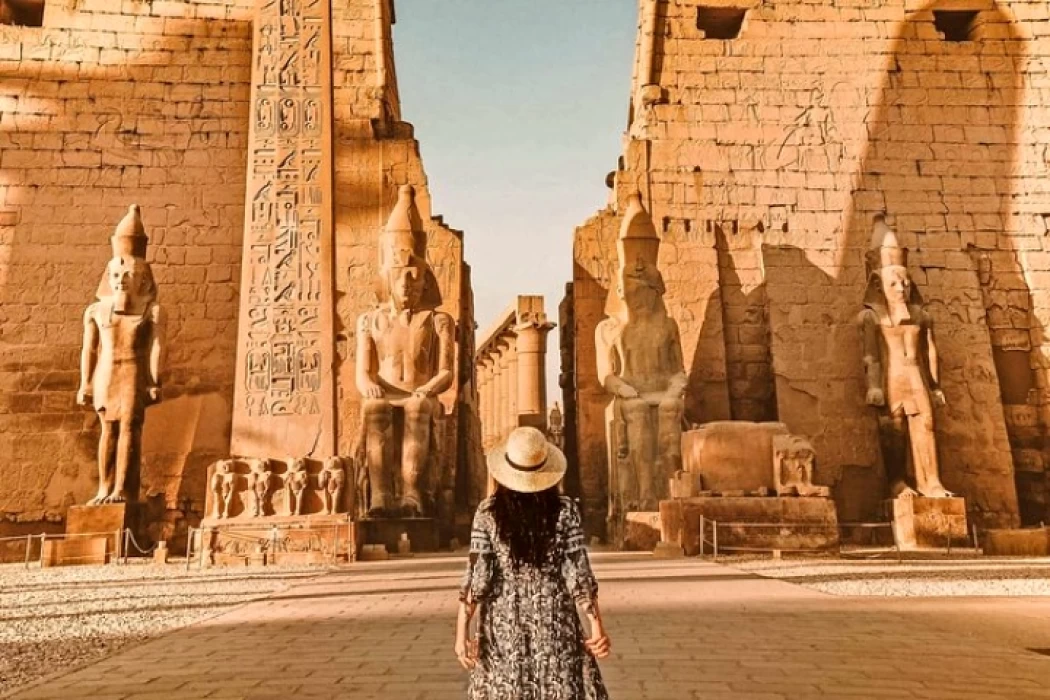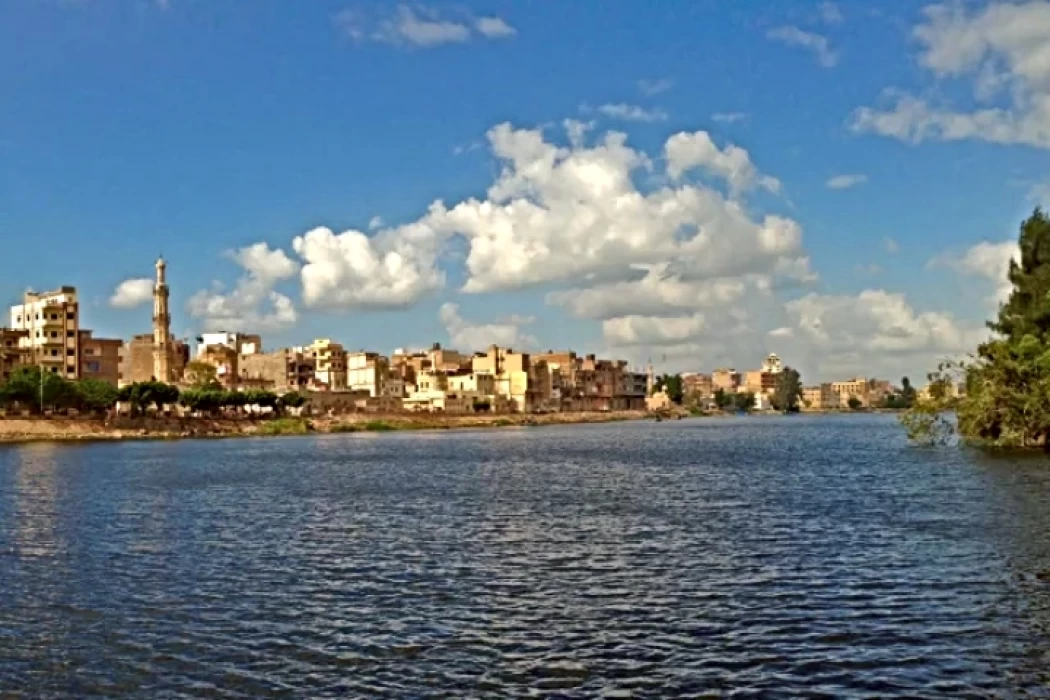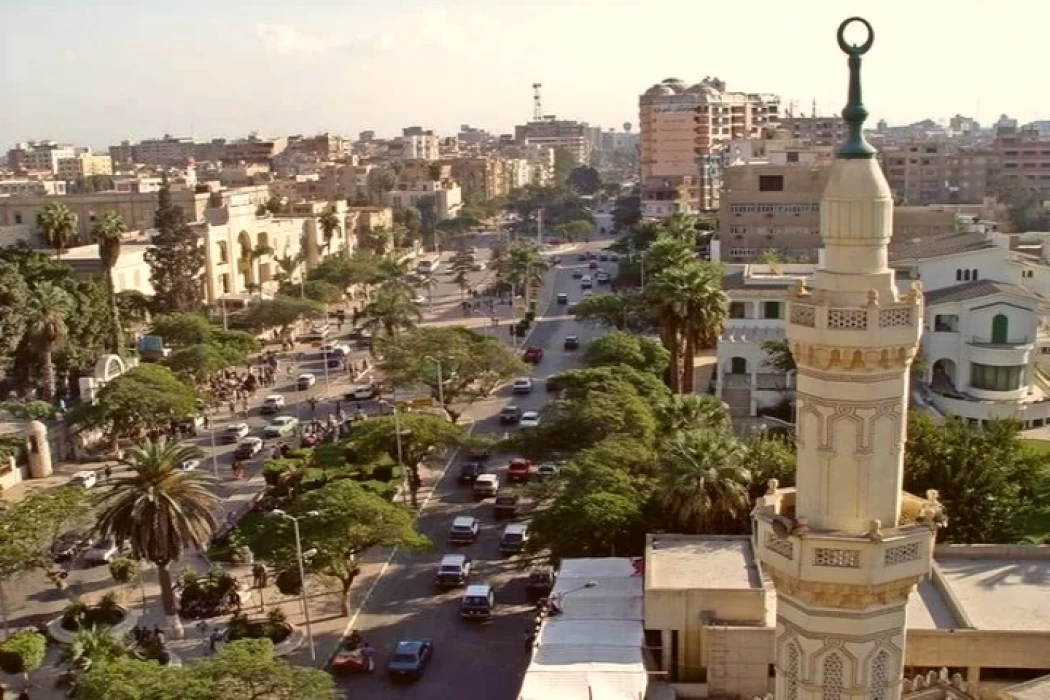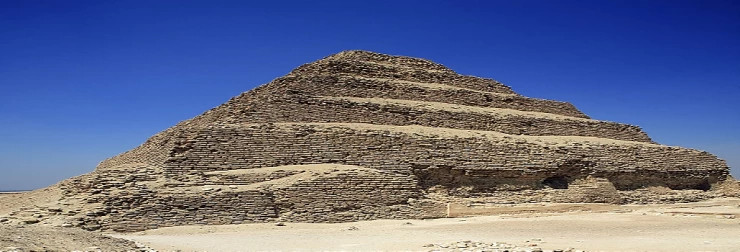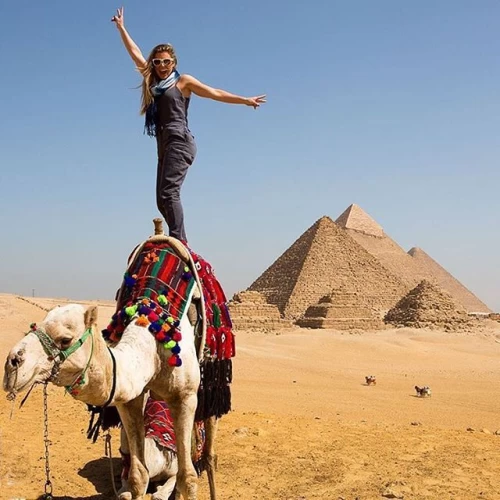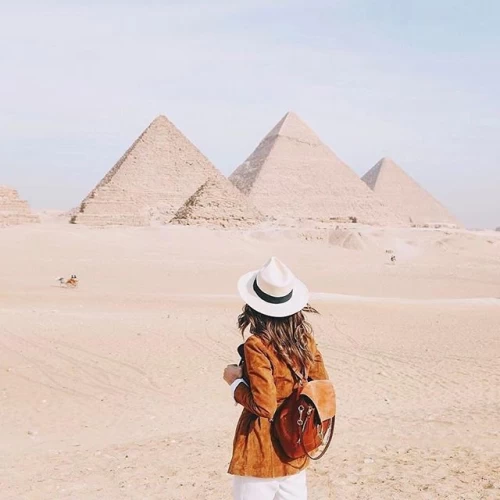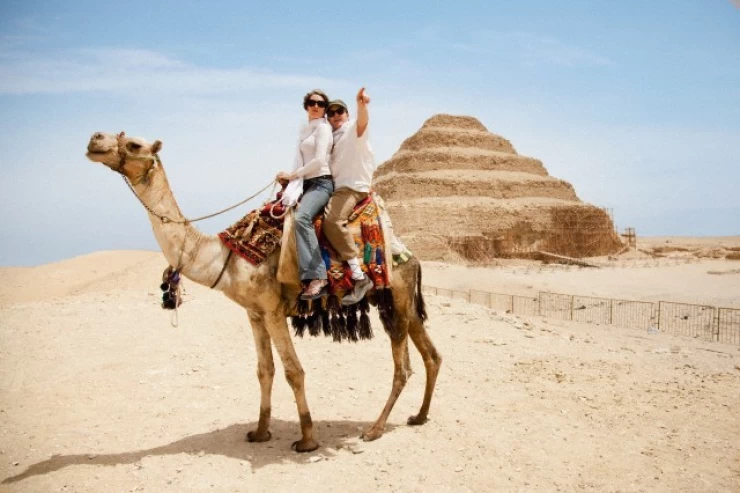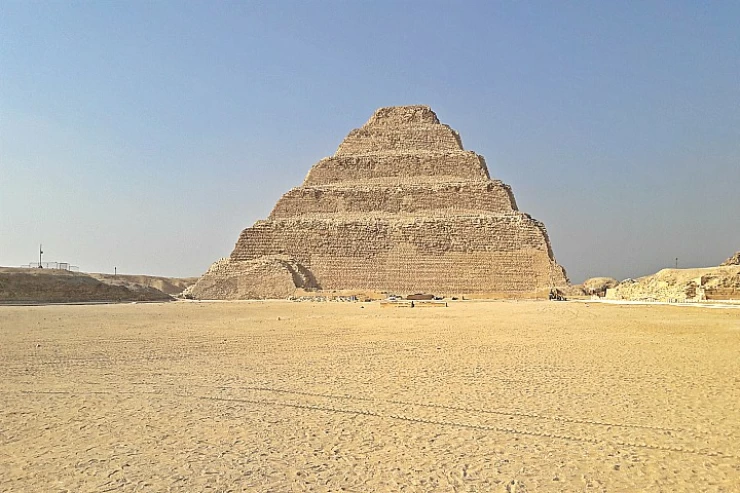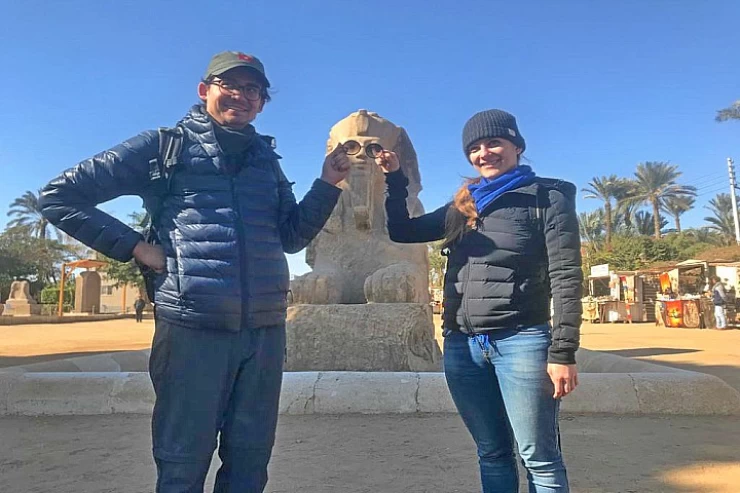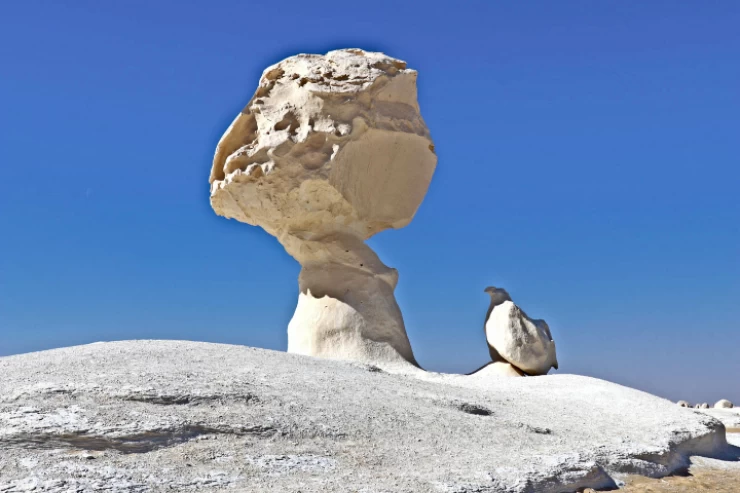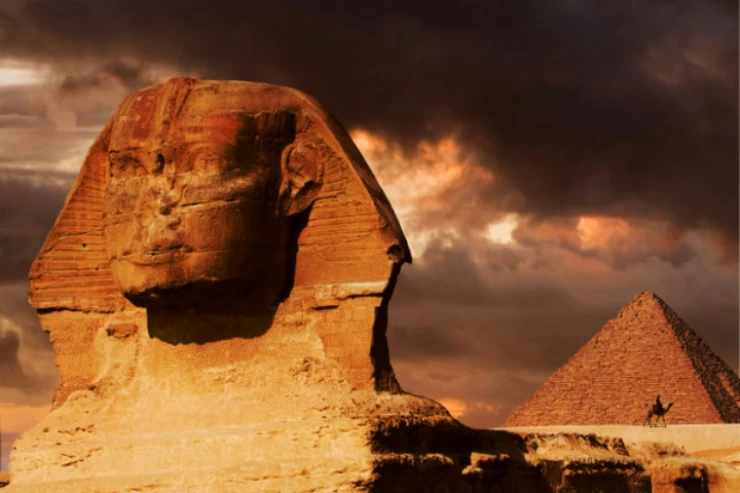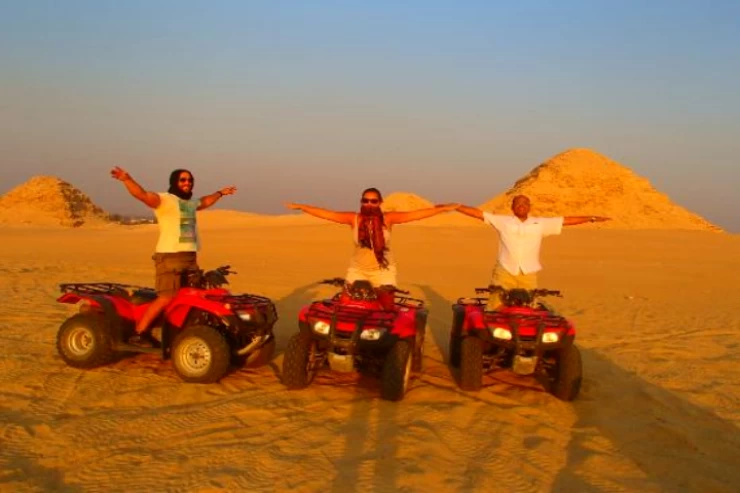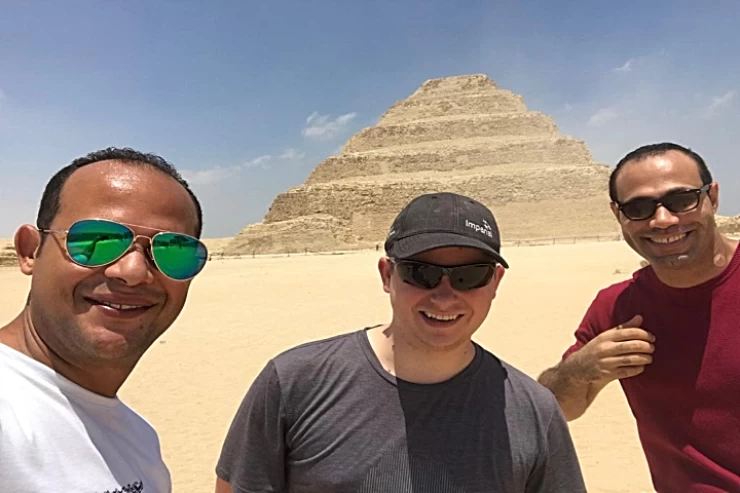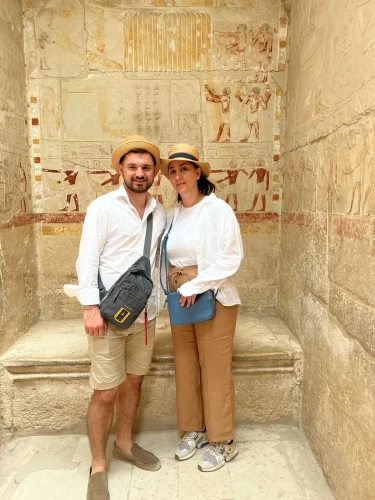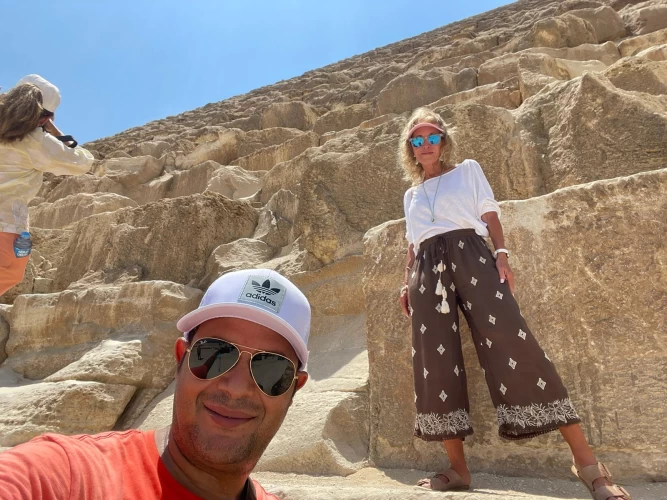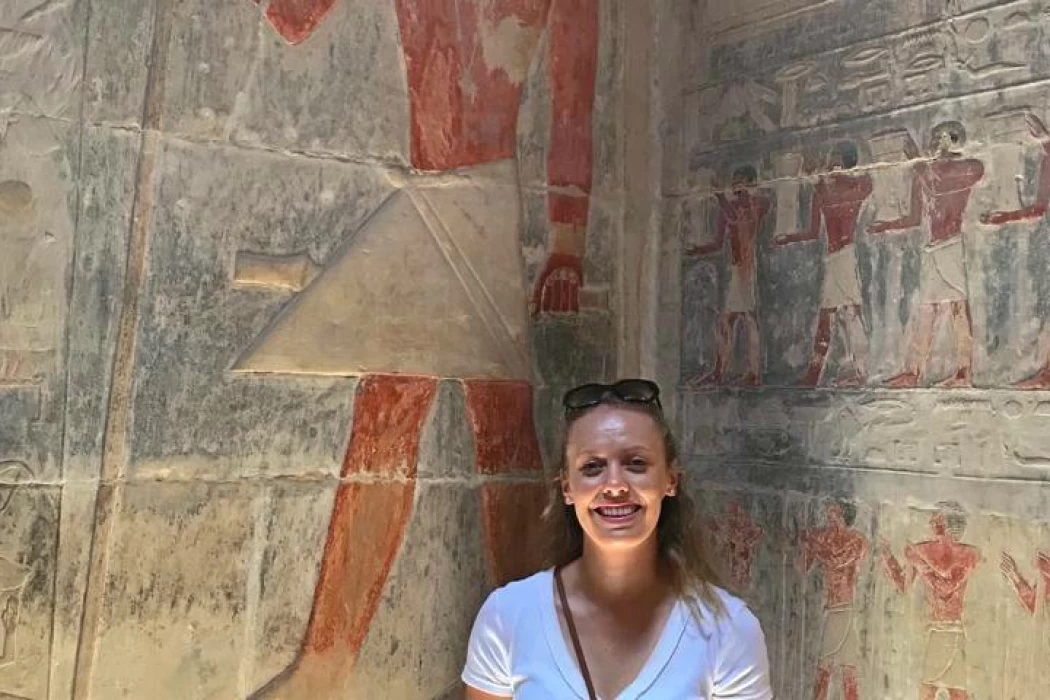
Mastaba Tomb of Kagemni in Saqqara
Information about Mastaba Tomb of Kagemni
Who is Kagemni? He was a minister and judge during the reigns of three successive kings of the Sixth Dynasty, and Kagemni's titles were: judge of the Supreme Court, ruler of the land to its northern and southern borders, and director of all commissions. He is one of the great men of the late Sixth Dynasty. The minister Kamenji is different from the owner of the teachings, who was a minister during the reign of King Huni, who lived in an earlier era than Kamenji, the owner of the tomb at Saqqara.
The tomb is in the form of a square mastaba with each side measuring 32 square metres, the entrance is located on the eastern facade, and the mastaba consists of seven chambers, most of which are rectangular in shape and all of which are inscribed in bas-relief.
There are traditional scenes of daily life such as the owner of the tomb in the forests of the delta, caring for livestock, accounting scenes of shepherds and farmers, and carvings of a crocodile swallowing a fish that started with its head, as well as a hippopotamus biting the back of a crocodile trying to attack a female hippopotamus giving birth.
In the first chamber, only the lower inscriptions on the west wall remain: a boat made of papyrus bundles in which the deceased is standing; the bottom of the boat is inscribed with different types of fish and a battle between a hippopotamus and a crocodile.
The second chamber, on the north wall, has scenes depicting fishing, fish species, and crocodile and hippopotamus battles. The third chamber's most important scenes are the hunting of birds such as geese and ducks with nets, the feeding of hyenas, and the feeding of bull calves in front of the tomb owner who is holding his staff, while the eastern wall has scenes of fishing with baskets or nets in front of the tomb owner who stands leaning on his staff.
The fourth chamber has inscriptions on its walls representing different types of birds, meat, deer, goats, large amounts of vegetables, onions, papyrus packages, lotuses, and different types of bread. The walls of the fifth chamber are covered with carvings representing laborers weighing grain placed in piles. The sixth chamber has an imaginary door with the tomb owner's titles and name, a ladder in front of it, and a small altar near the ladder.
Latest Articles
Admin
Aswan Governerate in Egypt
Aswan was known as ‘Sonu’ in ancient Egyptian times, meaning market, as it was a trading centre for caravans coming to and from Nubia. In the Ptolemaic era, it was called ‘Sin’ and the Nubians called it ‘Yaba Swan’. It was also known as the Land of Gold because it served as a great treasure or tomb for the kings of Nubia who lived there for thousands of years. Before the migration, Aswan's borders extended from Asna in the east to the border of Sudan in the south, and its inhabitants were Nubians, but after the Islamic conquest of Nubia, some Arab tribes settled there.
Admin
About Luxor Governorate in Egypt
The South Upper Egyptian area is home to the Egyptian governorate of Luxor. Its capital is Luxor, which was formerly Thebes, the capital of Egypt throughout multiple pharaonic eras. Its centers and cities are spread over both sides of the Nile River. The said governorate was established by Presidential Decree No. 378 of 2009, which was promulgated on the 9th of December of that year.
Admin
History of kafr El Sheikh Governorate
Kafr El Sheikh Governorate, located in the far north of Egypt in the Nile Delta, overlooking the Mediterranean Sea, is characterised by the diversity of natural life and environments, and is one of the Egyptian cities that can be visited after the end of the first semester exams at universities and schools, as it features many diverse tourist and recreational places at symbolic prices within everyone's reach.
Admin
Egypt's New Administrative Capital
The New Administrative Capital is considered the project of the era because it reflects a perfect image of the future and progress on the economic, cultural, social and civilisational level, as the capital is considered the new capital of Egypt at the present time. The importance of the New Capital is that it is a comprehensive transformation of the future of buildings, services and national and mega projects in Egypt.
Admin
Al Gharbia Governorate
The Governorate of Gharbia is inclusive in the geographical area of The Arab Republic of Egypt which is in the African continent, more specifically in the region surrounding the Nile delta, between Damietta and Rashid governance. To the control of the region from the north is Kafr El-Sheikh Governorate, from the south Menoufia Governorate, from the east – Dakahlia, Qalyubia Governorates, and to the west is the Beheira Governorate.
Admin
Hamata Islands (Qulaan Archipelago) in Marsa Alam
Each reserve has several sectors. In Wadi El Gemal Reserve, there is one of the natural areas called the Hamata area or Hamata sector in Wadi El Gemal Reserve. Its sectors are the perfect and most ecological, land and water, and host countless animals and plants found in the oceans and on the land.

